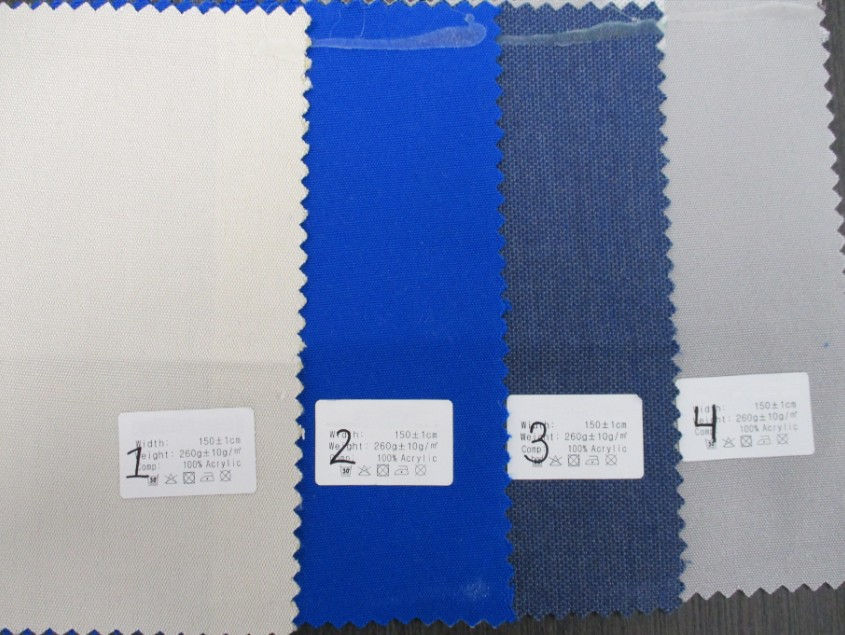Military Coating Testing Services: Ensuring Mission Ready Protection with Advanced Coating Evaluations
- mvermeulen89
- Jun 25
- 2 min read
Introduction
Military equipment must perform under the harshest conditions—extreme temperatures, moisture, abrasion, corrosion, and chemical exposure. Our Military Coating Testing services are designed to ensure that protective coatings meet the strict performance and durability standards required by defense and aerospace applications.
Why Military Coating Testing Matters
Protective coatings on military assets—such as vehicles, aircraft, naval equipment, and weapon systems—are critical to operational readiness. Coatings serve as the first line of defense against environmental degradation and wear, extending the lifespan of equipment and reducing maintenance costs.
Without rigorous testing, coatings can fail under combat or field conditions, putting personnel and missions at risk.
Testing Capabilities
We provide comprehensive coating testing in accordance with military specifications such as MIL-STD-810, MIL-PRF-8625, MIL-DTL-53072, TT-C-490, and MIL-DTL-5541 standards. Our services include:
1. Environmental Simulation
Salt spray testing (ASTM B117)
Humidity resistance
UV and weathering exposure (QUV, Xenon Arc)
2. Corrosion Resistance Testing
Cyclic corrosion testing (GMW14872)
Salt spray testing (ASTM B117)

CARC coated panels following 30 cycles of cyclic corrosion testing using the GMW14872 test method, as required by TT-C-490
3. Physical & Mechanical Performance
Adhesion (ASTM D3359, ASTM D4541, MIL-DTL-5541 wet tape adhesion)
Abrasion resistance (ASTM D4060 Taber test)
Impact resistance (ASTM D2794)
Flexibility and elongation (ASTM D522)
Hydrogen Embrittlement (ASTM F519)
Electrical Contact Resistance (MIL-DTL-81706)

Anodized panels after Taber Abrasion test, ASTM D4060, as required by MIL-PRF-8625F
4. Chemical Resistance
Fuel, oil, hydraulic fluid, and de-icing chemical exposure
Chemical spot testing per MIL-PRF-23377 and similar
5. Thickness and Appearance
Dry film thickness (DFT) measurements (ASTM B244)
Coating Weight (MIL-PRF-8625)
Gloss, color, and visual inspection
Industry Compliance and Certification
Our laboratory adheres to ISO/IEC 17025 and Nadcap. We can tailor testing protocols to meet specific DoD or OEM requirements. All tests are documented with traceable data, and our team is experienced in testing coatings for qualification and requalification programs.
Applications
Ground combat vehicles
Aircraft and aerospace components
Naval vessels and shipboard systems
Communication shelters and electronics enclosures
Personal protective equipment (PPE) and armament
Why Choose Us?
Decades of experience in military coatings testing
Rapid turnaround and on-site support available
Comprehensive reporting and documentation





Comments